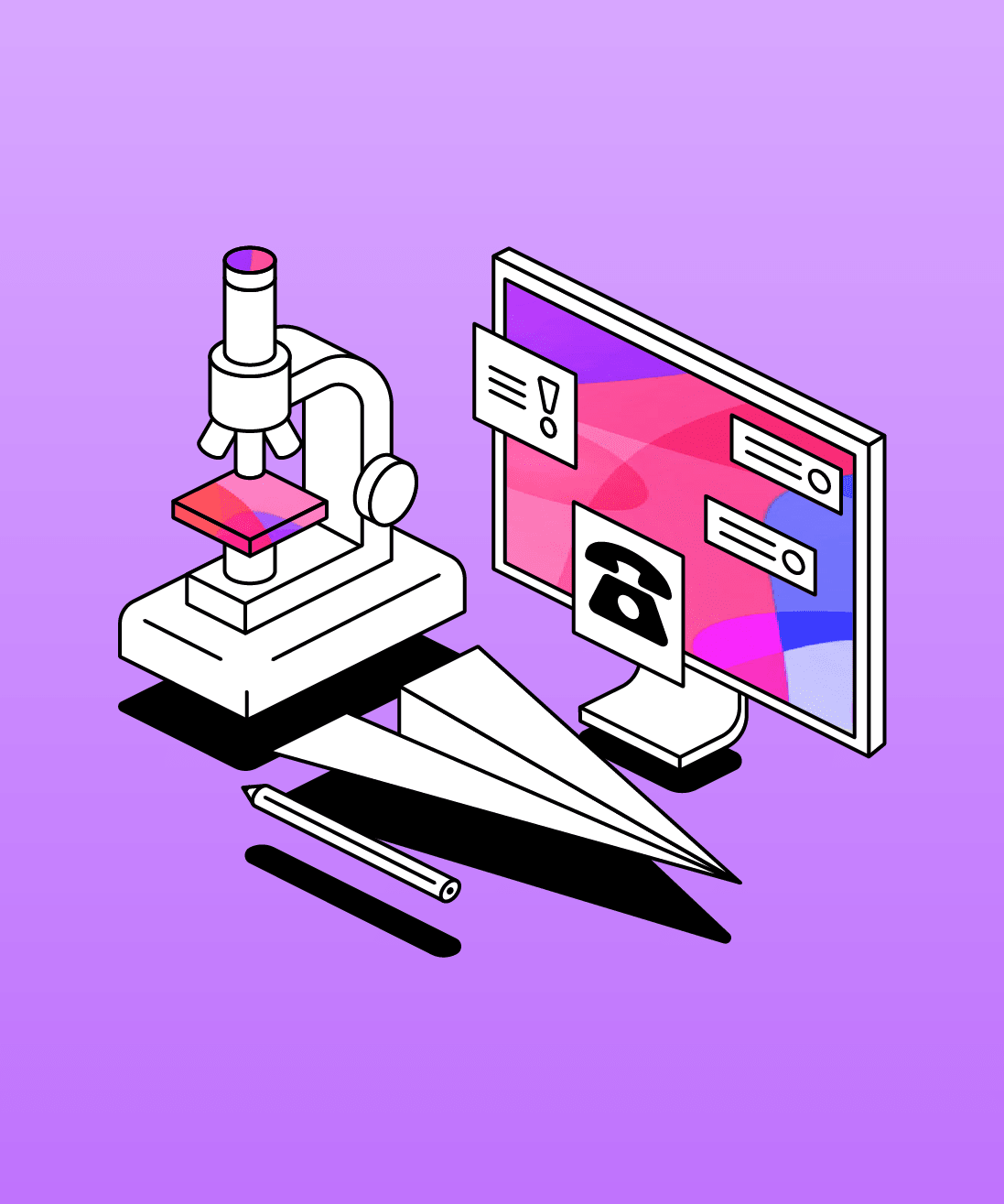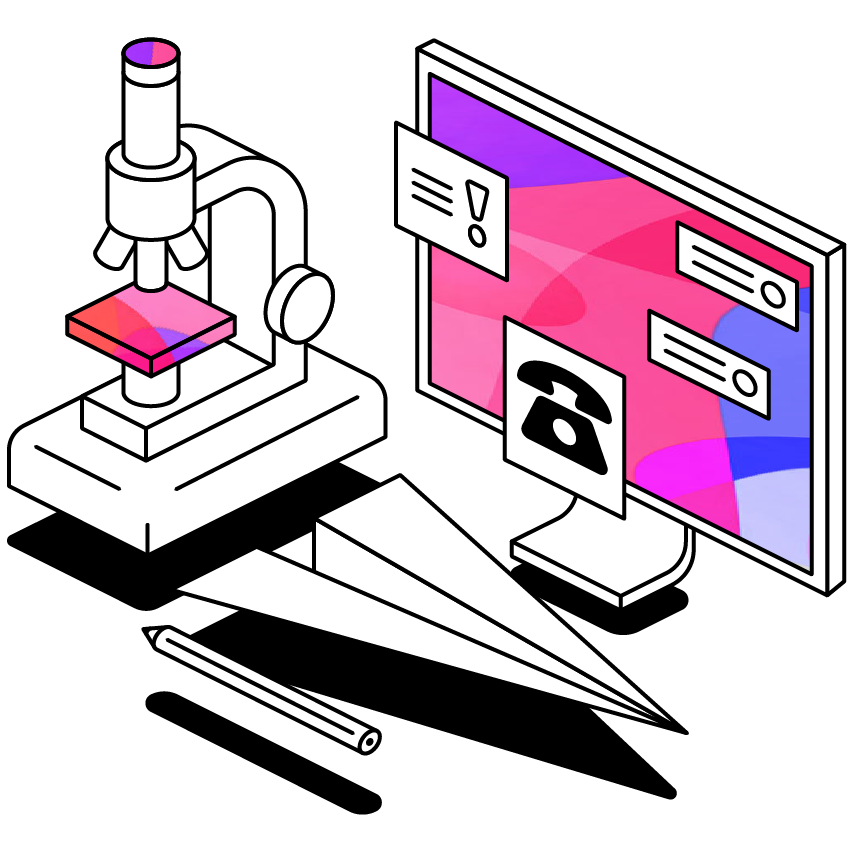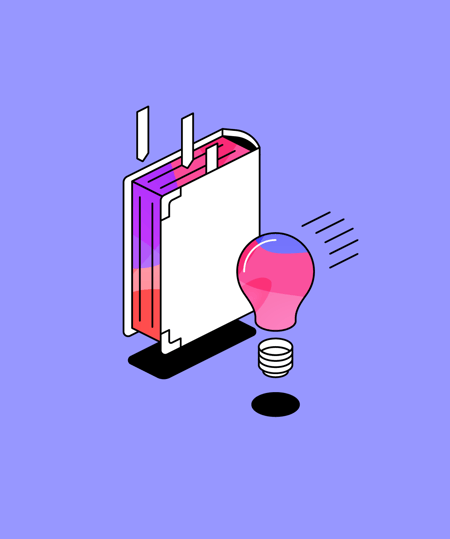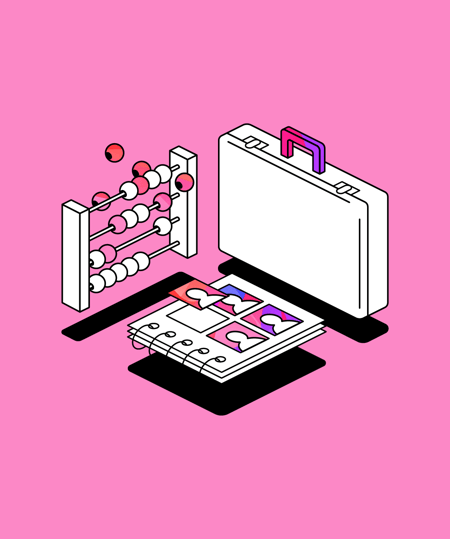The future of disability services in higher education
Disability services are experiencing significant change. To explore this, and how they may continue to evolve, we sat down with Christa Price, Assistive Technology Specialist at California State University, Northridge, and Aaron Holmes, Access Specialist at MiraCosta College.
 3 min read
3 min read
 Published: 29 Oct 2024
Published: 29 Oct 2024
 Jacob Goodwin
Jacob Goodwin


Technological advancements, shifting attitudes, and a growing awareness of diverse learning needs are driving change across disability services in higher education.
The result? A more inclusive and supportive environment for students with disabilities.
To delve deeper into how these changes are affecting institutions, and to look ahead at how disability services may continue to evolve, we sat down with Christa Price, Assistive Technology Specialist at California State University, Northridge, and Aaron Holmes, Access Specialist at MiraCosta College.
Christa and Aaron shed light on the future of disability services, highlighting key trends and strategies for creating a truly accessible and equitable learning environment for all.
Missed the webinar? Don’t worry, you can rewatch the session here or read on to find the key takeaways…
Leveraging Universal Design for Learning (UDL) for engaging and effective lessons
Throughout the session, there was a clear emphasis that Universal Design for Learning (UDL) isn’t just about accommodating students with disabilities; it's about good teaching practices that benefit everyone.
Aaron highlighted how the shift towards UDL is prompting faculty at MiraCosta College to rethink their teaching methods and course design.
He explained how conversations are moving away from simply providing accommodations to a focus on how faculty can proactively structure their courses to be more accessible and engaging for all students.
This includes things like providing clear outlines, offering materials in various formats (e.g., text, audio, video), and building in flexibility in how students demonstrate their learning.
Likewise, Christa added that UDL is about recognizing that learners have diverse needs and preferences. By offering multiple means of representation, engagement, and expression, educators can create a more inclusive and effective learning environment for all.
This might involve incorporating multimedia elements, providing options for students to interact with the material and demonstrate their understanding in different ways, and offering choices in assignments and assessments.
How technology is transforming accessibility in higher education
The conversation then moved on to discuss the dual role of technology in accessibility. Aaron noted that remote learning, accelerated by the pandemic, has "opened the door" to new possibilities.
He cited examples like using AR/VR technology to allow students to participate in lab experiences remotely and emphasized the need for disability service providers to have a broad "toolbox" of knowledge about different technologies to meet the diverse needs of students in this evolving landscape.
Christa echoed the importance of technology, noting that it can empower students to learn in ways that suit their individual needs.
However, she also pointed out the potential for technology to create new barriers. For example, if technology fails, it can be more difficult to troubleshoot remotely.
She stressed the importance of ensuring that technology is used effectively and that students have the support they need to use it successfully.
Creating inclusive campus environments
Both Christa and Aaron stressed that creating a truly inclusive campus environment goes beyond simply providing accommodations.
It requires a shift in mindset and a collaborative effort across the institution. Christa reiterated the need for clear communication and collaboration with faculty.
She highlighted the importance of explaining the "why" behind accessibility guidelines and providing faculty with the training and support they need to create accessible content.
Christa also mentioned the role of institutional policies and initiatives in promoting UDL and accessibility across campus.
Similarly, Aaron advocated for building relationships with faculty, starting with individual champions who can then influence their departments.
He also discussed the importance of involving faculty in the selection and implementation of assistive technologies, emphasizing that this can lead to greater buy-in and understanding.
Predicting the future of disability services in higher education
Both Aaron and Christa identified AI as a major force that will shape the future of disability services. They acknowledged both the opportunities and challenges that AI presents.
Aaron stressed the need to be proactive in addressing potential equity issues, ensuring that all students have access to the benefits of AI and that it doesn't exacerbate existing inequalities.
Christa also highlighted the importance of continued efforts in UDL implementation and the need to address pushback from faculty and staff.
She stressed the need for ongoing training and support to ensure that everyone understands the importance of accessibility and their role in creating an inclusive learning environment.
Most importantly though, everyone expressed optimism about the future, emphasizing the importance of advocacy, collaboration, and a continued focus on equity and inclusion in driving positive change in disability services in higher education.
Summary takeaways:
- UDL is essential for creating inclusive and engaging learning experiences for all students.
- Technology is transforming accessibility in higher education, but equitable access and digital literacy must be addressed.
- Creating inclusive campus environments requires collaboration and a commitment to UDL principles.
- The future of disability services will be shaped by AI, UDL, and a continued focus on equity and inclusion.
To learn more about the future of disability services in higher education, click the link below to watch the full webinar recording.
More from Disability Services
View All
 4 min read
4 min read
Navigating budget restrictions: a comprehensive guide to maximizing departmental resources
Higher education professionals face increasing pressure to do more with less and maximize limited resources. In this article, we explore tips, strategies, and success stories for adopting assistive technology and effectively planning budgets.

 2 min read
2 min read
The power of inclusive language and technology
In a recent webinar, Leslie Smith, Manager of the Access Center at Volunteer State Community College, shared a powerful insight into the transformative impact of language and technology.

 2 min read
2 min read
How to fund Assistive Technology across campus
Funding Assistive Technology initiatives can be difficult for many institutions. To help overcome these barriers, Glean explored the different types of funding available and how to collaborate for effective implementation.





